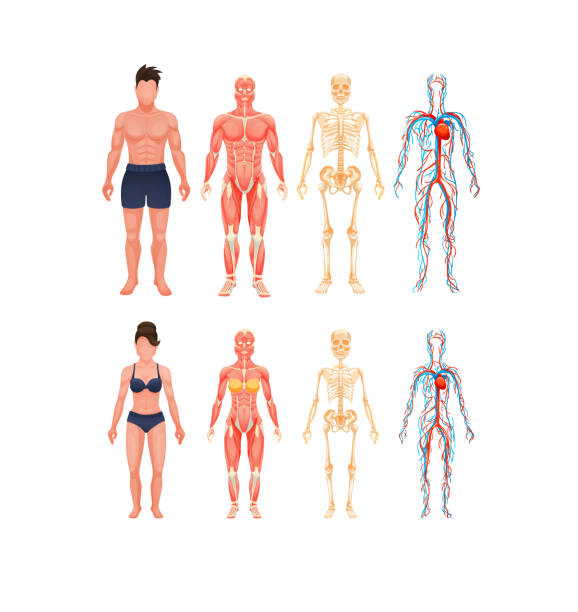 Anorexia eyes see skin covered skeletan as their goal. Any flesh on the frame is experienced as fat, bad and to be stripped off bone.
Anorexia eyes see skin covered skeletan as their goal. Any flesh on the frame is experienced as fat, bad and to be stripped off bone.
Although some individuals with Anorexia Nervosa exhibit no laboratory abnormalities, the semistarvation characteristic of this disorder can affect most major organ systems and produce a variety of disturbances. The induced vomiting and abuse of laxatives, diuretics, and enemas can also cause a number of disturbances leading to abnormal laboratory findings.
Hematology: Leukopenia and mild anemia are common; thrombocytopenia occurs rarely.
Chemistry: Dehydration may be reflected by an elevated blood urea nitrogen (BUN). Hypercholesterolemia is common. Liver function tests may be elevated. Hypomagnesemia, hypozincemia, hypophosphatemia, and hyperamylasemia are occasionally found. Induced vomiting may lead to metabolic alkalosis (elevated serum bicarbonate), hypochloremia, and hypokalemia, and laxative abuse may cause metabolic acidosis. Serum thyroxine (T) levels are usually in the low-normal range; triiodothyronine (T) levels are decreased. Hyperadrenocorticism and abnormal responsiveness to a variety of neuroendocrine challenges are common.
In females, low serum estrogen levels are present, whereas males have low levels of serum testosterone. There is a regression of the hypothalamic-pituitary-gonadal axis in both sexes in that the 24-hour pattern of secretion of luteinizing hormone (LH) resembles that normally seen in prepubertal or pubertal individuals.
Electrocardiography: Sinus bradycardia and, rarely, arrhythmias are observed.
Electroencephalography: Diffuse abnormalities, reflecting a metabolic encephalopathy, may result from significant fluid and electrolyte disturbances.
Brain imaging: An increase in the ventricular-brain ratio secondary to starvation is often seen.
Resting energy expenditure: This is often significantly reduced.
Please share your thoughts in the comment section below.
Written by Joanna Poppink, MFT. Joanna is a psychotherapist in private practice specializing in eating disorder recovery, stress, PTSD, and adult development.
She is licensed in CA, AZ, OR and FL. Author of the Book: Healing Your Hungry Heart: Recovering from Your Eating Disorder
Appointments are virtual.
For a free telephone consultation, e-mail her at


Add comment